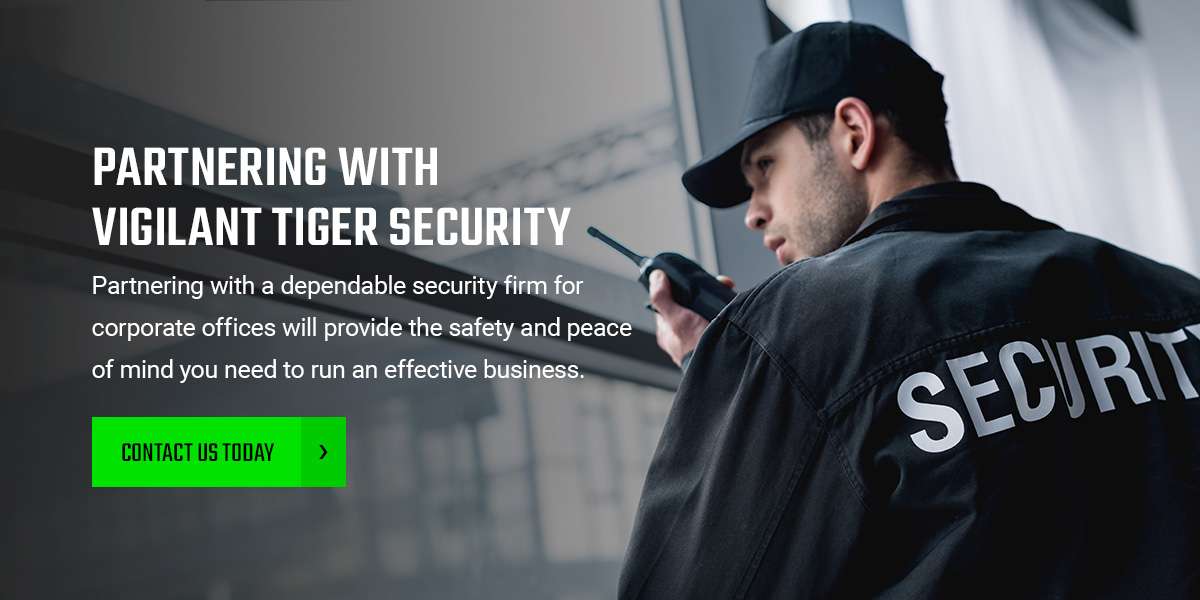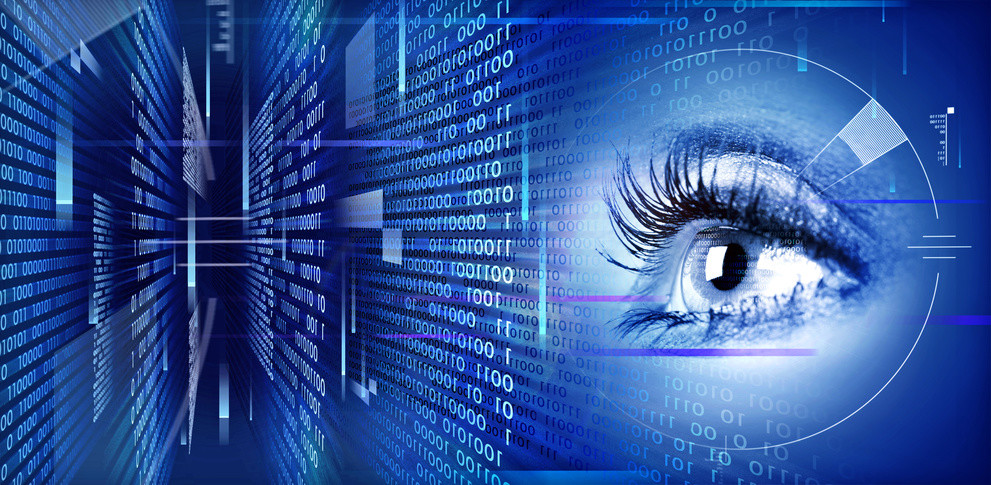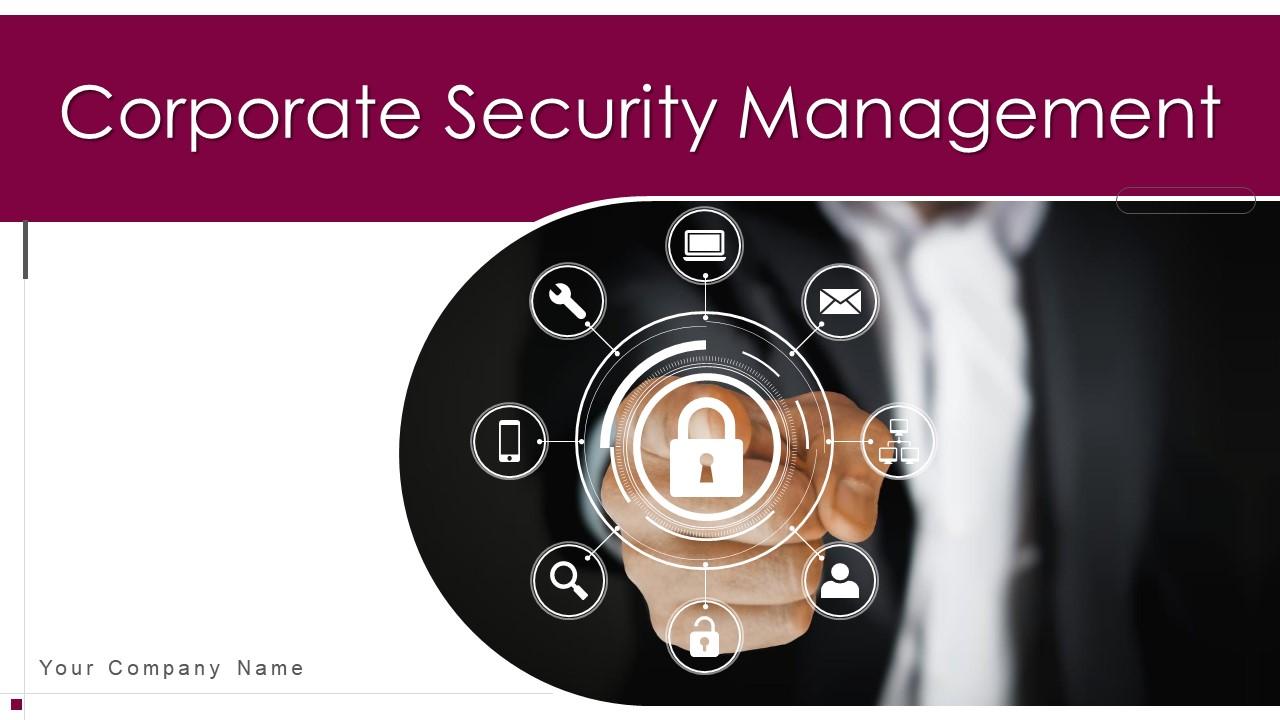Corporate Security Demystified: Reinforcing Your Service Defenses
Corporate Security Demystified: Reinforcing Your Service Defenses
Blog Article
From Cybersecurity to Physical Actions: Enhancing Business Security in an Altering World
By combining the strengths of both cybersecurity and physical security, business can develop a detailed defense method that addresses the varied array of hazards they face. In this discussion, we will check out the altering hazard landscape, the need to incorporate cybersecurity and physical protection, the execution of multi-factor authentication measures, the relevance of employee recognition and training, and the adjustment of safety and security actions for remote workforces. By examining these vital locations, we will certainly obtain valuable understandings into how companies can strengthen their corporate safety in an ever-changing world.
Understanding the Transforming Danger Landscape
The progressing nature of the modern-day world requires a detailed understanding of the altering risk landscape for effective business safety. In today's interconnected and digital age, risks to corporate safety have actually come to be extra complicated and innovative. As modern technology breakthroughs and organizations come to be increasingly dependent on digital infrastructure, the possibility for cyberattacks, information violations, and various other protection breaches has considerably boosted. It is critical for companies to stay informed and adjust their safety and security gauges to attend to these advancing risks.
One secret element of recognizing the changing threat landscape is recognizing the various types of dangers that organizations encounter. In addition, physical risks such as theft, criminal damage, and business espionage continue to be widespread problems for businesses.
Tracking and evaluating the risk landscape is vital in order to determine prospective risks and vulnerabilities. This entails staying updated on the most recent cybersecurity trends, analyzing hazard knowledge records, and performing normal risk evaluations. By comprehending the changing hazard landscape, organizations can proactively apply appropriate security procedures to mitigate dangers and safeguard their possessions, reputation, and stakeholders.
Integrating Cybersecurity and Physical Protection
Integrating cybersecurity and physical security is vital for comprehensive company security in today's digital and interconnected landscape. As organizations significantly depend on technology and interconnected systems, the boundaries in between physical and cyber risks are becoming blurred. To effectively safeguard versus these dangers, a holistic technique that combines both cybersecurity and physical security actions is vital.
Cybersecurity concentrates on securing electronic properties, such as information, networks, and systems, from unauthorized accessibility, interruption, and theft. Physical safety and security, on the other hand, encompasses measures to protect physical possessions, people, and facilities from susceptabilities and risks. By incorporating these 2 domains, organizations can address vulnerabilities and threats from both physical and digital angles, therefore boosting their overall security posture.
The assimilation of these two self-controls enables a much more comprehensive understanding of protection risks and allows a unified response to cases. Physical access controls can be enhanced by integrating them with cybersecurity methods, such as two-factor authentication or biometric identification. Cybersecurity actions can be complemented by physical security procedures, such as monitoring cams, alarms, and safe accessibility factors.

Executing Multi-Factor Authentication Measures
As companies increasingly prioritize thorough security procedures, one effective technique is the application of multi-factor verification steps. Multi-factor verification (MFA) is a protection approach that calls for users to offer several forms of identification to access a system or application. This strategy adds an extra layer of security by combining something the individual understands, such as a password, with something they have, like a security or a finger print token.
By executing MFA, companies can considerably boost their protection pose - corporate security. Conventional password-based verification has its limitations, as passwords can be conveniently compromised or forgotten. MFA reduces these dangers by adding an additional authentication variable, making it much more hard for unapproved individuals to get to delicate info
There are numerous types of multi-factor verification methods readily available, consisting of biometric verification, SMS-based verification codes, and hardware tokens. Organizations require to analyze their details needs and pick the most appropriate MFA solution for their requirements.
Nonetheless, the application of MFA should be carefully intended and performed. It is important to strike an equilibrium between safety and security and use to avoid user disappointment and resistance. Organizations must also think about possible compatibility problems and supply appropriate training and support to guarantee a smooth shift.
Enhancing Staff Member Recognition and Training
To enhance corporate safety, organizations need to focus on enhancing employee awareness and training. Many safety breaches happen due to human mistake or absence of awareness.
Reliable staff member recognition and training programs should cover a variety of topics, including data security, phishing strikes, social engineering, password hygiene, and physical safety measures. These programs ought to be tailored to the details requirements and responsibilities of various worker roles within the company. Routine training sessions, workshops, and simulations can help workers develop the essential abilities navigate to this website and understanding to react and identify to safety hazards properly.
Moreover, companies should motivate a culture of protection recognition and provide recurring updates and reminders to maintain workers educated concerning the most recent dangers and mitigation strategies. This can be done via internal communication networks, such as newsletters, intranet websites, and e-mail projects. By promoting a security-conscious labor force, organizations can dramatically minimize the possibility of protection events and protect their valuable assets from unapproved accessibility or compromise.

Adapting Safety And Security Procedures for Remote Workforce
Adapting corporate protection procedures to accommodate a remote workforce is crucial in guaranteeing the protection of delicate information and assets (corporate security). With the raising trend of remote job, organizations have to implement ideal safety steps to reduce the risks associated with this new way of functioning
One important aspect of adapting security steps for remote job is developing protected interaction channels. Encrypted messaging systems and online personal networks (VPNs) can help secure sensitive information and prevent unapproved gain access to. In addition, organizations need to implement the usage of strong passwords and multi-factor verification to improve the safety of remote accessibility.
An additional crucial factor to consider is the application of safe remote access remedies. This includes offering workers with protected accessibility to company sources and data via virtual desktop framework (VDI), remote desktop computer protocols (RDP), or cloud-based services. These modern technologies make sure that delicate details remains safeguarded while allowing employees to do their roles effectively.

Last but not least, detailed protection recognition training is critical for remote employees. Training sessions must cover best methods for safely accessing and handling delicate information, recognizing and reporting phishing attempts, and keeping the overall cybersecurity hygiene.
Final Thought
In conclusion, as the hazard YOURURL.com landscape continues to develop, it is essential for companies to strengthen their safety and security gauges both in the cyber and physical domains. Integrating cybersecurity and physical protection, executing multi-factor verification procedures, and boosting worker awareness and training are important actions in the direction of accomplishing durable corporate safety and security.
In this conversation, we will explore the altering danger landscape, the need to incorporate cybersecurity and physical security, the implementation of multi-factor authentication procedures, the importance of employee awareness and training, and the adaptation of security measures for remote labor forces. Cybersecurity measures can be complemented by physical visit the site safety and security steps, such as surveillance cameras, alarms, and protected access points.
As organizations increasingly focus on detailed safety and security actions, one effective approach is the implementation of multi-factor authentication steps.In final thought, as the danger landscape continues to develop, it is essential for organizations to strengthen their security determines both in the cyber and physical domains. Incorporating cybersecurity and physical security, applying multi-factor authentication actions, and enhancing employee recognition and training are necessary steps in the direction of attaining durable company safety and security.
Report this page